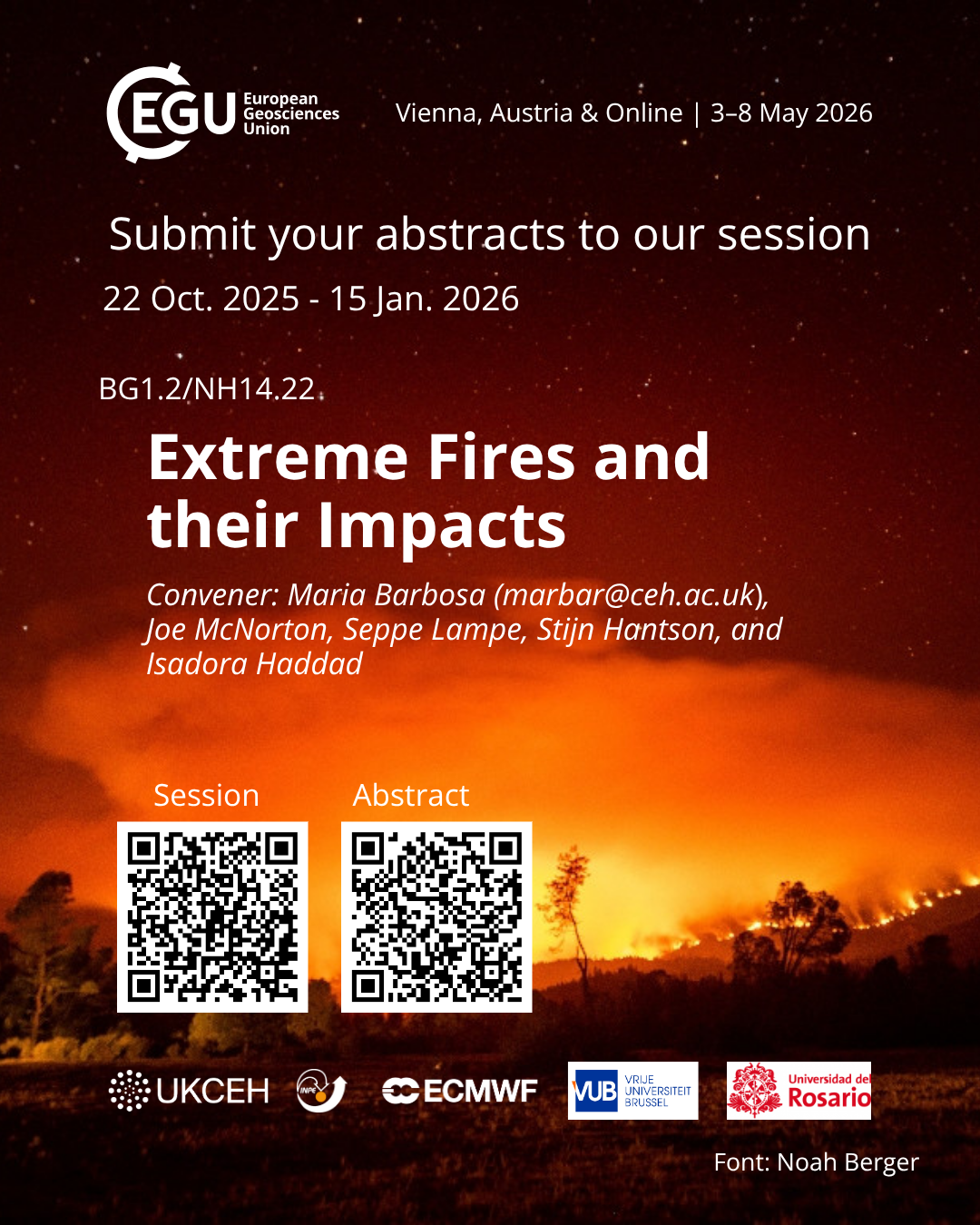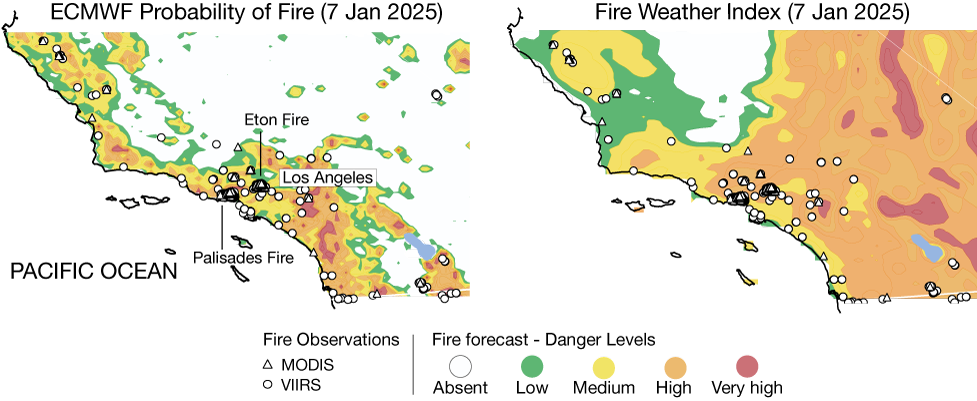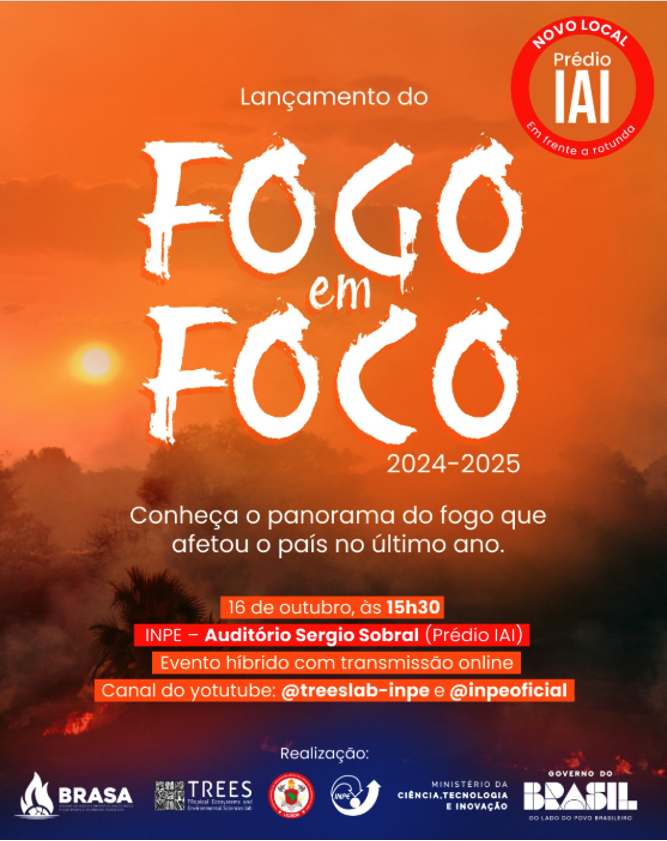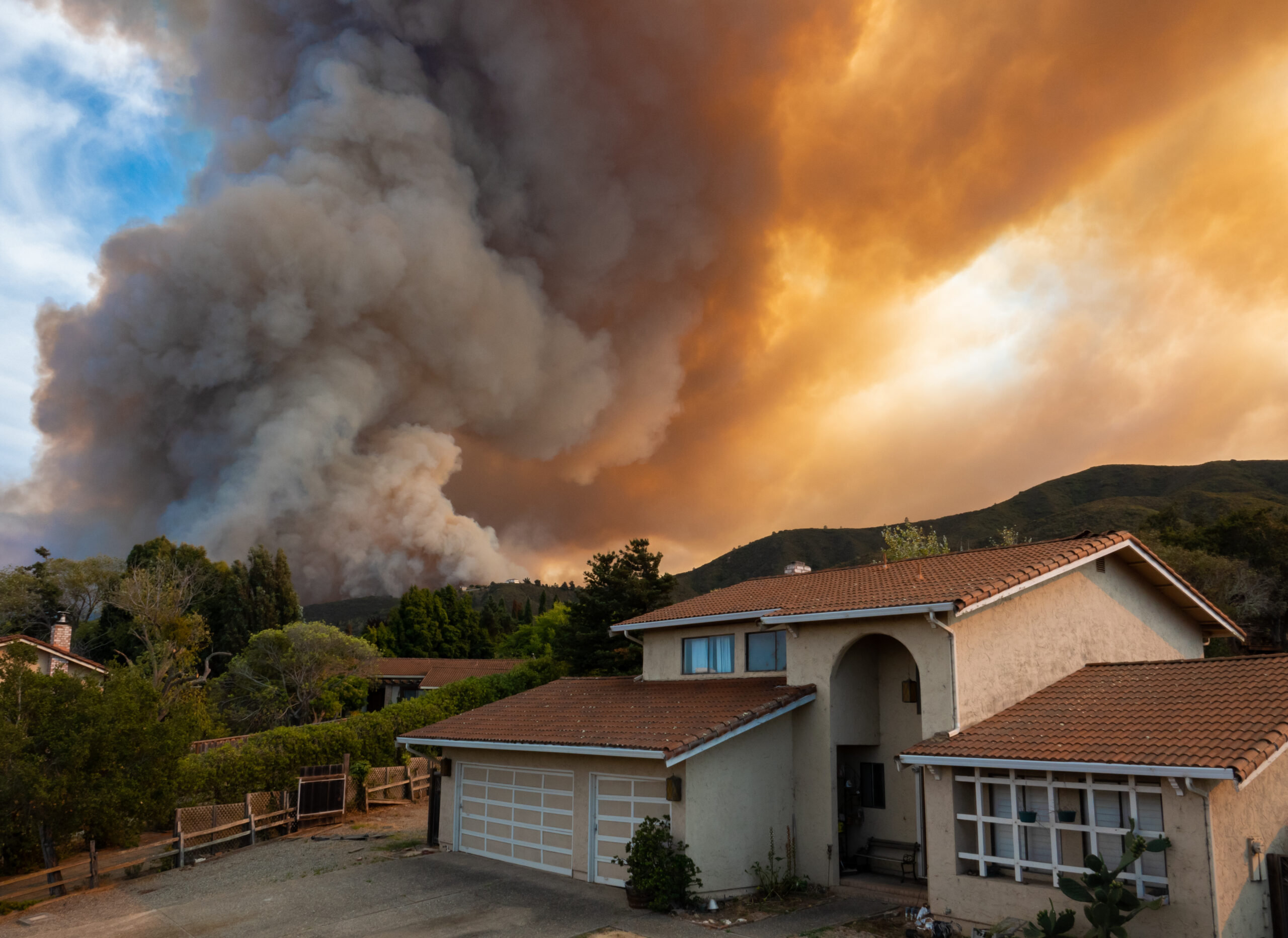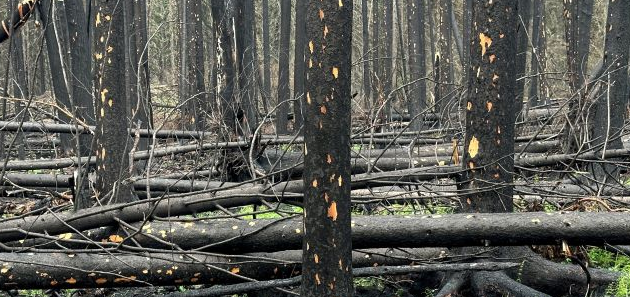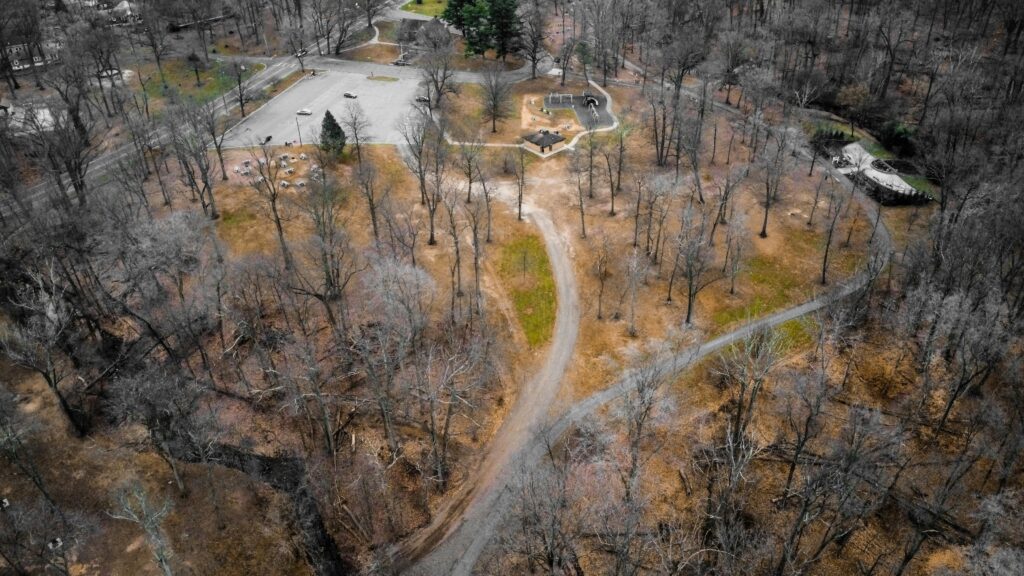
In a new study in Environmental Research Letters, A call to refine fire attribution: expanding the FAR statistic to capture the complexity of Los Angeles extreme fires, State of Wildfires partners from UKCEH sets out how attribution statistics for wildfire should be advanced to account for the interactions between climate and human factors.
The Los Angeles fire events earlier this year, 2025, attracted extensive media attention, and rightly so, due to the significant loss of life, property, and livelihoods they caused.
However, as might be expected, there was considerable debate over whether the event had become much more likely due to climate change, or if other factors such as direct land management or the location of housing, played a more substantial role. Some of these discussions became polarised, and unfortunately, this can hinder the investigation into determining whether both factors are relevant and what their relative influence might be.
A common statistic in climate research is called FAR, or Fraction of Attributable Risk – very similar to the Risk Ratio used in the State of Wildfires report. This statistic quantifies changes in the likelihood of specific extreme weather events as the climate varies, usually based on meteorological conditions. In a recent brief Perspective piece, Huntingford et al. (2025) suggested that this statistic could be expanded to include metrics more directly related to wildfire occurrence. For example, extreme fire events could be assessed in terms of changes to their intensity, size, and rate of spread as the climate shifts. However, critically, the Perspective also called for extending the FAR statistic to account for direct human activities, such as fire suppression efforts or other local actions that can influence fire risk.
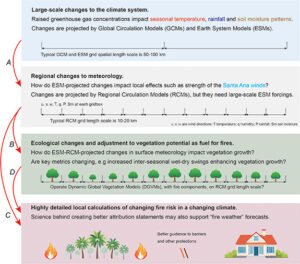
Advancing this kind of analysis is becoming increasingly important. Wildfires sit at the intersection of climate, weather, and human influence, and attribution studies need to capture how these elements interact. Ideally, a FAR framework can capture how large-scale meteorological patterns, such as persistent droughts or (in the case of the Los Angeles fires) Santa Ana winds, interact with local land management, topography, and ignition sources. Such knowledge would allow scientists to speak more authoritatively in key debates around major wildfires. A combined FAR statistic helps move beyond the false choice of “climate or people,” recognising that both can be true: human activity can trigger or influence fires, while climate change may amplify their severity and consequences.
The development of such an improved FAR calculation, more aligned with wildfire characteristics and including forcings beyond climate change, may provide a more balanced assessment of multiple potential co-occurring drivers of any changing fire frequencies.
